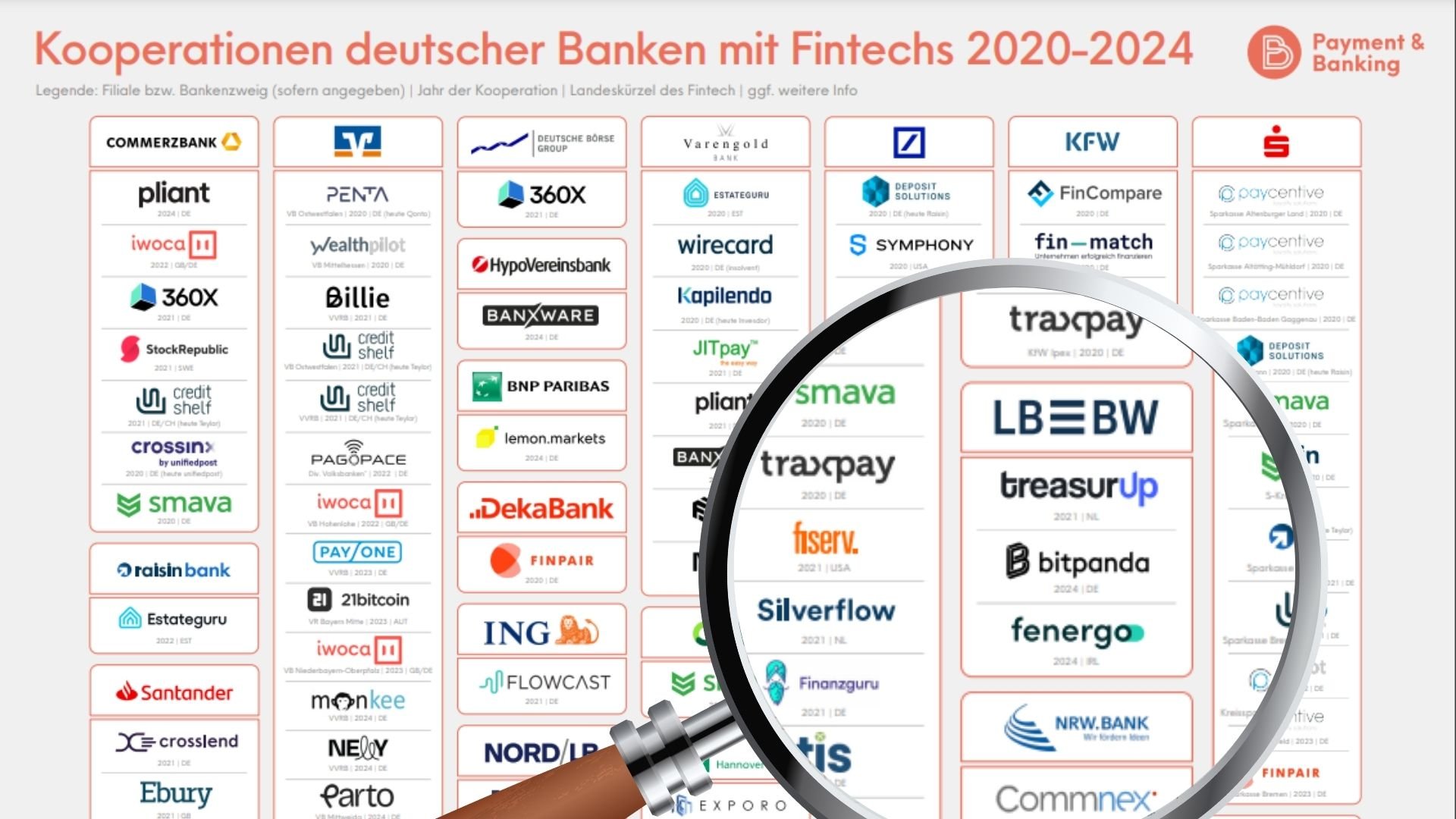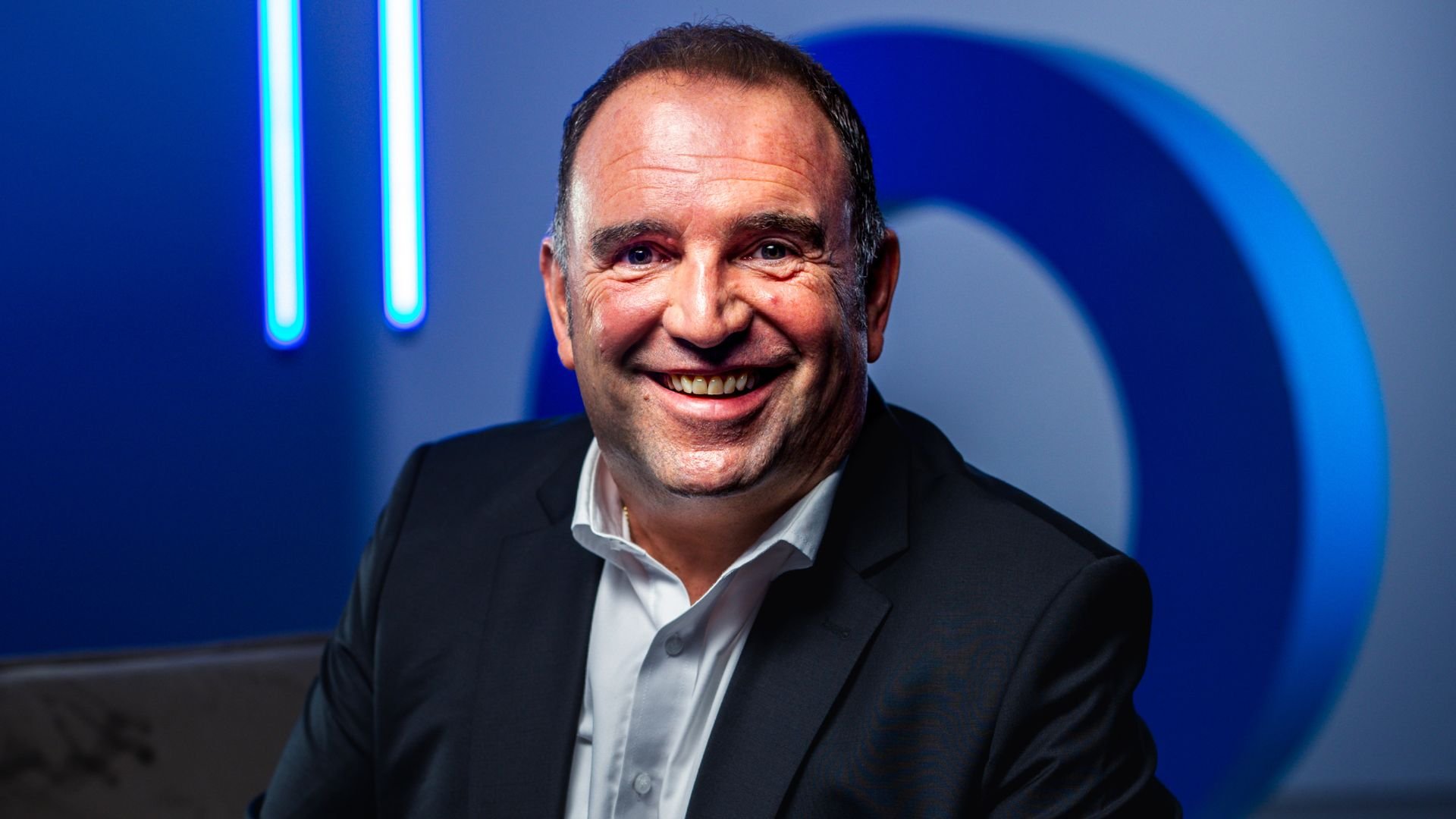Deutsche Kinder werden zum konservativen Sparen erzogen
Kinder und Geld – oft ist das eine heikle Kombination. Denn der Umgang mit den eigenen Finanzen will gelernt sein. Während Kinder zum Beispiel im Umgang mit Social Media immer versierter werden und den Eltern mehrere Schritte voraus sind, sieht es beim Thema Geld anders aus: Kinder werden von ihren Eltern zu konservativen Sparerinnen und Sparern erzogen. Und der Markt – ganz besonders die etablierten Volksbanken – verpasst eine riesige Chance.
Altmodisches Sparverhalten
Eine aktuelle Erhebung unter über 600 Eltern sowie knapp 400 Kindern im Alter von sechs bis 14 Jahren hat gezeigt, dass deutsche Kinder vor allem zu recht konservativen Sparerinnen und Sparern erzogen werden: Über 60 Prozent der Eltern geben an, dass das gesamte Taschengeld oder zumindest der größte Teil davon gespart wird und gespart werden soll. Das Erschreckende: Das Geld landet bei jedem zweiten Kind im Sparschwein! Und dort bleibt es dann auch erst einmal, denn es wird, das gaben die Kinder selbst so an, mit überwiegender Mehrheit für größere Anschaffungen zurückgelegt.
Die Motivation hinter diesem Verhalten ist schnell erklärt: Kinder lernen von klein auf, dass Sparen “wichtig ist”. Sie hören auf ihre Eltern und denken an ihre Zukunft und legen Geld ganz bewusst zurück. Auf den ersten Blick kann man also den Eltern gratulieren, denn die Erziehungsarbeit scheint Früchte zu tragen. Das Taschengeld wird nicht sofort ausgegeben.

Doch auf den zweiten Blick zeigt sich auch, dass genau das möglicherweise gar nicht so positiv und weitsichtig ist. Denn scheinbar hat sich seit der Grundschulzeit der Eltern nichts geändert. Moderne, digitale und flexible Formen der Geldanlage spielen keine Rolle, stattdessen ist das analoge Sparschwein noch immer – wie schon vor 20, 50 und 200 Jahren hoch im Kurs. Schade eigentlich, denn dadurch kommen Eltern ihrer Aufgabe nicht nach, ihren Kindern die vielen Möglichkeiten der Geldanlage aufzuzeigen. Die Erhebung macht ja deutlich, dass Eltern für ihre Sprösslinge in Sachen Geld die wichtigsten Influencer sind. Allerdings: Es steht zu befürchten, dass auch bei den Eltern große Ratlosigkeit herrscht. Dass sie vielleicht selbst gar nicht wissen, was modernes Sparen bedeutet, geschweige denn wie sie es ihren eigenen Kindern beibringen können.
Verschenktes Potenzial der Marktteilnehmer
Es ist also eine riesige Lücke zwischen dem entstanden, was technisch umsetzbar wäre und dem, was Realität in den Familien ist. Selbstverständlich müssen Grundschulkinder nicht zu Day-Tradern werden. Kindgerechte Taschengeld-Managementsysteme könnten den Jüngsten aber beibringen, was Geld überhaupt ist, was sein Wert ist und wie dieser durch eine kluge und weitsichtige Strategie steigen kann. Wichtig ist das, weil der Akt des Geldausgebens im Jahr 2020 eben nicht mehr nur ein simpler Kauf in beispielsweise einem Laden ist.
Das kontaktlose Zahlen ist in seiner Logik, zumindest für kleine Kinder, schwer nachzuvollziehn. Ab einem bestimmten Alter begegnen Kindern Kaufoptionen in Social-Media- oder Spiele-Apps fortlaufend. Wer dann nicht gelernt hat, mit dem eigenen Geld verantwortungsvoll umzugehen, tappt schnell in eine Falle.
„Das kontaktlose Zahlen ist in seiner Logik, zumindest für kleine Kinder, schwer nachzuvollziehn.“
Passiert das nicht, geht die Schere zwischen dem Sparschwein und dem kontaktlosen Zahlen an der Supermarktkasse noch weiter auf. Denn das sind die beiden Welten, in denen sich die Kinder bewegen. Was wir brauchen, sind digitale Sparschweine, Brücken, die Verbindungen herstellen und zeigen, dass es zeitgemäßere Sparvarianten als das bloße Sammeln von Bargeld gibt. Denn wer von klein auf nur mit Bargeld in Kontakt kommt, wird mit dem “virtuellen” Geld, überfordert sein und womöglich Berührungsängste entwickeln.
Eine Online-Befragung durch KB&B – Family Marketing Experts (Juli 2020) von Eltern gibt Aufschluss über das Sparverhalten ihrer Kinder sowie den Umgang der Eltern mit dem Thema „Taschengeld“:





